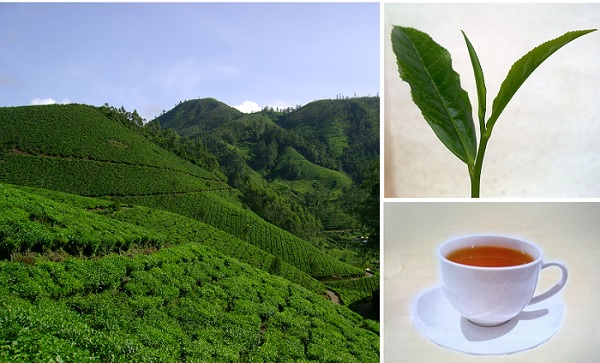Dec 18, 2025
Dec 18, 2025

The golden nectar that cheers in the morning is the result of a lot of hard and meticulous work. From the raw material to the finished product the tea leaves go through an arduous journey, turning from fresh green to the dried black that finally reaches our homes. In its most general form, tea processing involves different manners and degree of oxidation of the leaves, stopping the oxidation, forming the tea and drying it.
The standard of green leaf plucked is the first indicator of the innate flavor and quality of tea used for brewing. Polyphenols and caffeine contained in the tender tea shoots are major oxidizing compounds. Temperature, air humidity, duration of sunshine and rainfall are all important factors in the field as well as factory. But it is believed that the quality of tea is made in the field and only preserved in the factory, so a set standard of plucking is maintained. Two or three leaves and a bud are preferred as raw material.
Withering
Plucked, weighed and delivered to the factory these tender leaves undergo “withering” to remove specific amounts of moisture, depending on the type of tea to be manufactured. In the withering troughs the leaf is conditioned physically and bio-chemically for subsequent stages of manufacturing. It is interesting to note what changes occur during this process – Soluble protein, free amino acid and simple sugar levels increase; there is a rise in the caffeine content which gives character to the black tea; the aroma comes from raised levels of amino acid and enhancement of organic acid lends flavor to the tea at the same time improving the oxidization.
CTC
From the withering trough into the CTC roller is the next step of the journey. Here the leaf goes through the Crush, Tear, Curl process in cylindrical rollers with hundreds of small sharp ‘teeth’. This enables the raw material to be conditioned for granulation and breaking of enzymes, promoting further chemical changes.
Granulation
From the CTC roller, the leaves are passed through a circulating drum to get granulation. This is followed by fermentation.
Fermentation
Just the right amount of temperature is very essential for proper fermentation as this is the most crucial stage in tea manufacture. Factors such as duration, right temperature and relative humidity must be monitored carefully during this process. Proper ventilation and humidification help in achieving the correct fermentation. Chemical changes responsible for the formation of quality attributes, occur during this phase.
Drying
The withered, granulated, fermented leaves now move on to the drying procedure, where further bio-chemical changes are arrested and moisture is removed to give the tea better shelf life.
Cleaning and Sorting
After the tea comes out of the drier, it moves further on the conveyor and progresses to cleaning, where the fiber is removed and the tea leaves go a step further to be sorted.
Different sized meshes in a vibro-screen sort and grade the ready tea leaves from boldest grade to fine dust grade. This then is what is sold to the customers according to their demand and finally reaches our homes in attractive packaging.
09-Nov-2019
More by : Shernaz Wadia